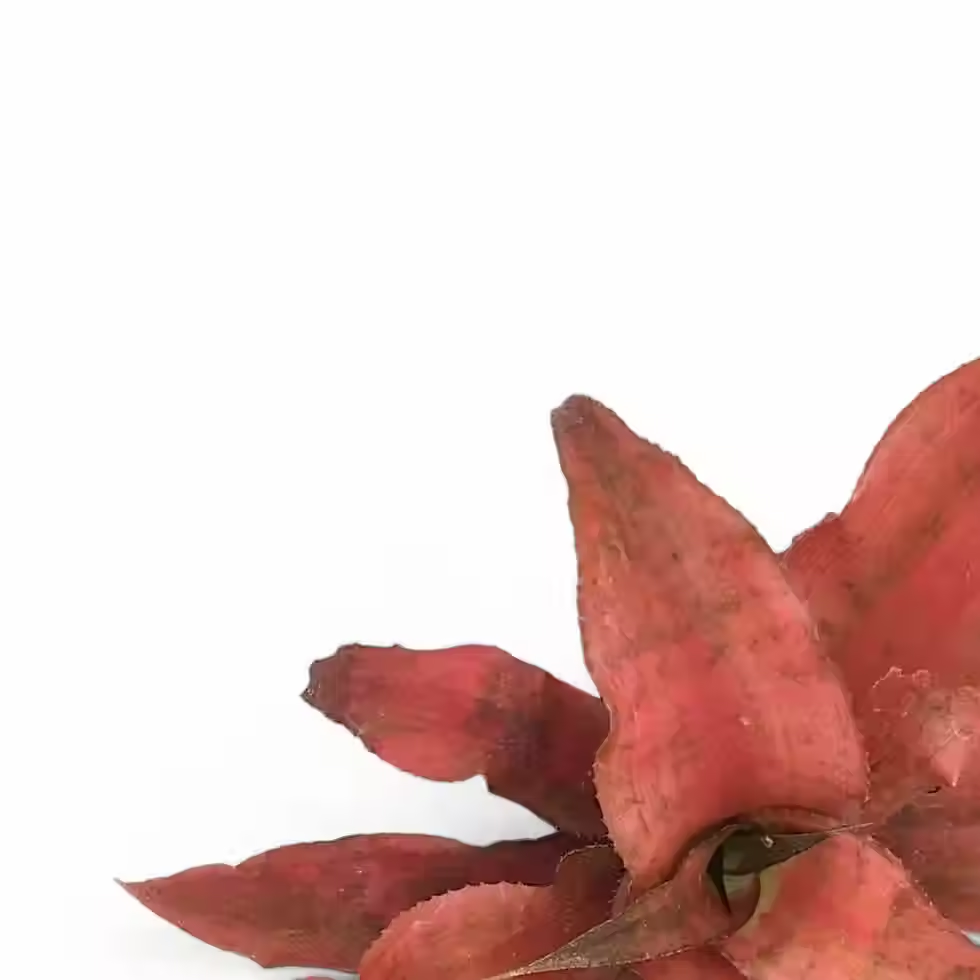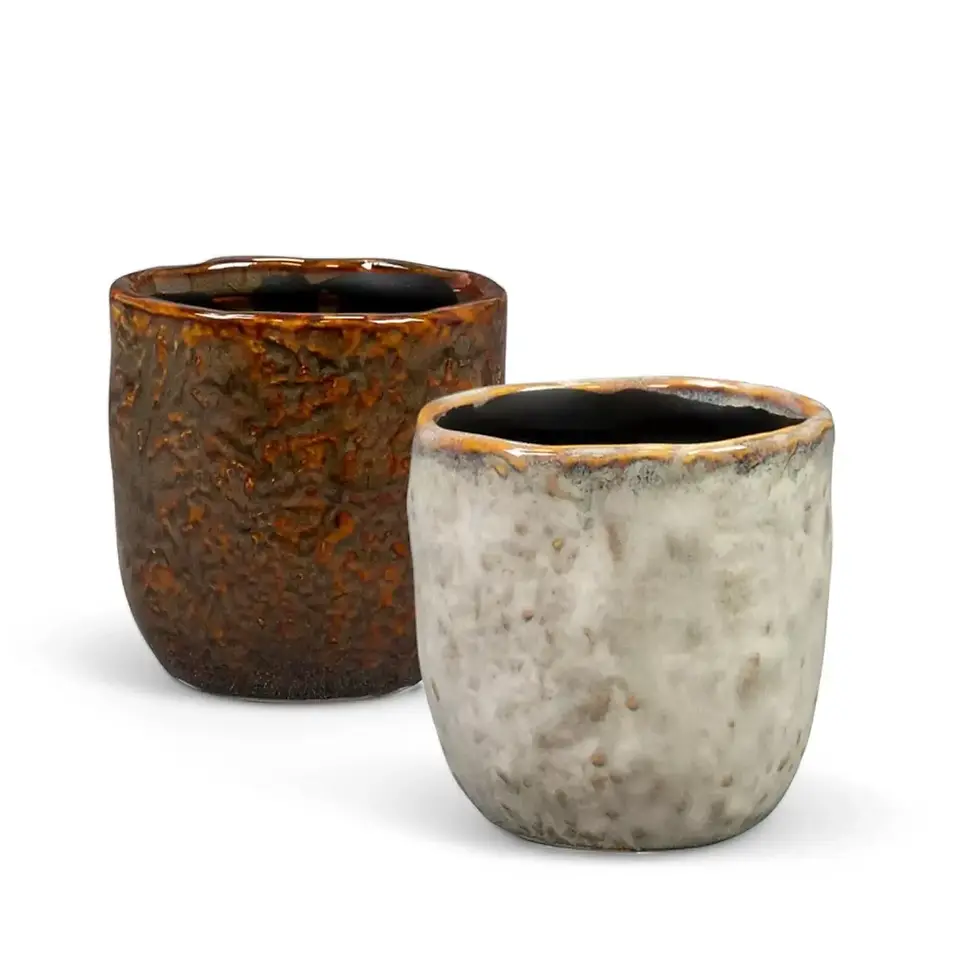Curio rowleyanus - Unique Traits and Care Guide
Imagine a cascade of vibrant green pearls gracefully spilling over the edge of a pot, each bead-like leaf shimmering in the light. This is Curio rowleyanus, commonly known as string-of-pearls, a succulent that adds a whimsical touch to any indoor space. Its trailing stems can reach up to 90 cm, adorned with nearly spherical leaves about 6 mm in diameter. Previously classified as Senecio rowleyanus, it was reclassified to the Curio genus in 1999. The leaves not only store water but also feature a translucent "window," allowing light to penetrate and enhance photosynthesis—an adaptation to its native arid environments.
Key Features of Curio rowleyanus
- Unique Appearance: The spherical leaves resemble a string of green pearls, creating a striking visual appeal.
- Low Maintenance: Requires minimal watering and thrives in well-draining soil, making it ideal for busy plant owners.
- Space-Saving Growth: Perfect for hanging baskets or shelves, adding vertical interest without occupying floor space.
Curio rowleyanus Growth and Natural Habitat
- Native Habitat: Southwestern Africa, where it forms dense mats and seeks shade under other plants and rocks to avoid direct sun.
- Indoor Size: Can trail up to 90 cm indoors, creating an elegant draping effect.
- Growth Habit: Creeping, trailing growth pattern ideal for hanging displays.
- Growth Rate: Moderate to fast-growing under optimal conditions.
- Toxicity: All parts of Curio rowleyanus are toxic to humans and pets, causing symptoms like vomiting or diarrhea if ingested.
- Lifespan: Can live for several years with proper care.
How to Care for Curio rowleyanus
- Placement: Prefers bright, indirect sunlight. Avoid prolonged direct sun exposure.
- Light: Bright, indirect light is best, but it can tolerate some direct morning sun.
- Watering: Allow soil to dry out completely between waterings. Overwatering leads to root rot.
- Humidity: Thrives in average household humidity.
- Temperature: Ideal range is 21°C to 26°C. Protect from drafts and temperature fluctuations.
- Soil: Well-draining cactus or succulent mix. Adding perlite or coarse sand improves drainage.
- Repotting: Every 2-3 years in spring to refresh soil and manage growth.
- Fertilizing: Apply diluted, balanced liquid fertilizer once a month during the growing season.
- Propagation: Easily propagated through stem cuttings. Lay cuttings on moist soil roots will develop at leaf nodes.
- Pruning: Trim leggy or tangled stems to encourage fuller growth.
- Support: While naturally trailing, gentle support like hanging baskets or clips can help guide growth.
Common Issues and Solutions for Curio rowleyanus
→ Pests:
- Mealybugs: Treat with insecticidal soap , neem oil, or use beneficial insects.
- Aphids: Rinse with water or apply neem oil.
- Spider mites: Increase humidity and use insecticidal sprays.
→ Root Rot:
- Caused by overwatering or poor drainage.
- Ensure soil dries out between waterings and use pots with drainage holes.
→ Leaf Issues:
- Shriveled leaves: Indicates underwatering. Adjust watering schedule accordingly.
- Yellowing leaves: Often caused by overwatering. Allow the soil to dry thoroughly before watering again.
→ Fungal Issues:
- Watch for signs of powdery mildew or fungal rot. Improve air circulation and avoid overhead watering.
→ Leggy Growth:
- Results from insufficient light. Move the plant to a brighter location for compact growth.
Additional Considerations for Curio rowleyanus
Understanding the natural habitat of Curio rowleyanus helps optimize care. Mimic its native conditions—bright, indirect light, well-draining soil, and infrequent watering—to ensure healthy growth. Consider using a grow light if natural light is insufficient.
Curio rowleyanus Etymology
- Genus Name: "Curio" derives from Latin, meaning "curious," referring to the plant’s unusual growth habits.
- Species Name: "rowleyanus" honors British botanist Gordon Douglas Rowley, a specialist in Cactaceae and succulents.
- Taxonomic History: Originally classified as Senecio rowleyanus, it was reclassified in 1999 by Paul V. Heath.
Frequently Asked Questions about Curio rowleyanus
- Why are the leaves of my string-of-pearls turning yellow? Overwatering is the most common cause. Allow soil to dry out between waterings.
- Can I grow Curio rowleyanus outdoors? Yes, in mild climates (USDA Zones 9-12) with morning sun and afternoon shade.
- How often does string-of-pearls bloom indoors? Indoor blooming is rare, but with optimal care, small, white, cinnamon-scented flowers may appear in spring.
- Can I grow Curio rowleyanus in low light? It tolerates low light for short periods but requires bright, indirect light for healthy growth.
Order Your Curio rowleyanus Today!
Add the captivating beauty of Curio rowleyanus to your home. With its trailing green pearls and low-maintenance nature, this unique succulent is perfect for any collection. Order yours today!
Curio rowleyanus
Curio rowleyanus plants come in following sizes:
Baby Plant – is approximately 10 cm long, ø 6 cm pot
S – is approximately 15 cm long, ø 12 cm pot
L – is approximately 15 cm long, ø 15 cm hanging pot
XL – is approximately 20 cm long, ø 21 cm hanging pot

























































